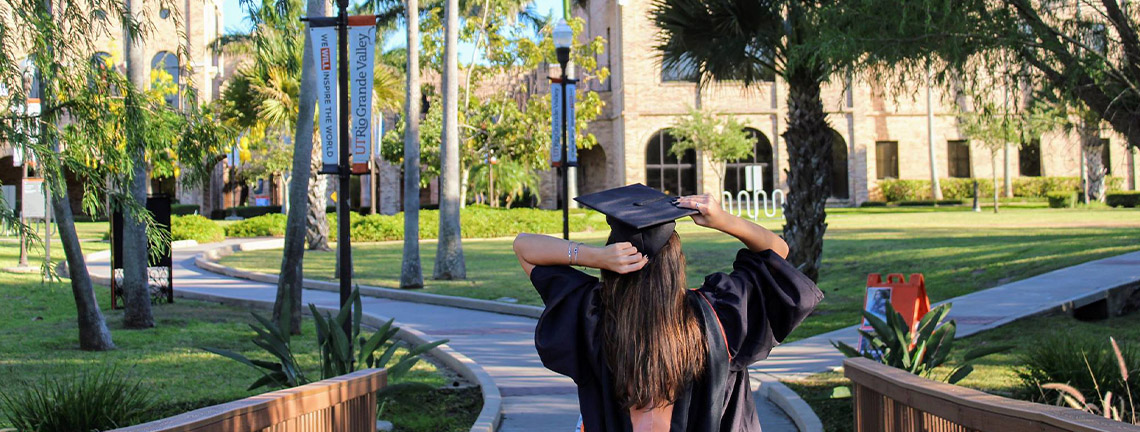
Theses and Dissertations
Date of Award
12-2020
Document Type
Thesis
Degree Name
Master of Science (MS)
Department
Mechanical Engineering
First Advisor
Dr. Mataz Alcoutlabi
Second Advisor
Dr. Karen Lozano
Third Advisor
Dr. Horacio Vasquez
Abstract
Aqueous solutions of poly(vinylpyrrolidone) (PVP) with 20, 25, and 28 wt.% concentrations were successfully spun into fibers by centrifugal spinning. The pristine PVP fibers were annealed and carbonized to produce flexible carbon fibers for use as binder-free anodes in lithium-ion and sodium-ion batteries. These flexible carbon fibers were prepared by developing a novel three-step heat treatment to reduce the residual stresses in the pristine PVP precursor fibers and to prevent fiber degradation during carbonization. The average diameters of the pristine, annealed, and carbonized fibers were obtained using scanning electron microscopy (SEM), which showed that the average diameter of the carbon fibers increased with increasing polymer concentration. Thermal characterization of the pristine and annealed fibers was carried out by thermogravimetric analysis (TGA). The TGA results showed that the annealed fibers yielded a residual mass percentage of 36.0 % while the pristine PVP fibers suffered a higher mass loss and only retained 26.5% of the original mass above 450 °C in an inert gas. The electrochemical performance of the carbon-fiber anodes was evaluated by conducting galvanostatic charge/discharge cycles, rate performance, cycle voltammetry experiments, and impedance tests. The 20, 25, and 28 wt.% derived binder-free anodes were tested in Li-ion and Na-ion half-cells.
TiO2/C and Sn/C composite fibers were prepared by the centrifugal spinning of TiO2/PVP and Sn/PVP solutions and subsequent heat treatment.
The successful preparation of centrifugally spun composite fibers from aqueous solutions was only achieved with TiO2. Based on existing results in the literature, a higher vapor pressure leads to faster solvent evaporation and promotes fiber formation. Thus, a mixture of 1:1 water:ethanol (wt./wt.) was used to prepare the Sn/PVP precursor fibers as well as TiO2/PVP precursor fibers. Nonetheless, the centrifugally spun Sn/C and TiO2/C composite fibers prepared with the PVP/water/ethanol precursor solutions had a larger average diameter than those prepared from PVP aqueous solutions, which affected their electrochemical performance. In order to understand the constraints impeding the formation of Sn/C composite fibers from aqueous solutions, the viscosity and surface tension of aqueous Sn/PVP and TiO2/PVP precursor solutions were investigated using a programable rheometer (BROOKFIELD, RVDV-III U) and Goniometer, Kyowa-DropMaster, respectively. The results showed that the addition of particles to the PVP aqueous solutions did not play a significant role in the viscosity nor the surface tension of the PVP aqueous solutions. Thus, other causes such as particle dispersion were investigated. It was observed that an inferior particle dispersion was obtained in water when compared to that in ethanol. Finally, alternative methods to produce composite fibers from polymer aqueous solutions are discussed for future research endeavors.
Recommended Citation
Orrostieta Chavez, R. (2020). Water-Soluble Polymers with Ceramic/Metal Nanoparticles for Use as Anode Materials in Lithium-Ion and Sodium-Ion Batteries [Master's thesis, The University of Texas Rio Grande Valley]. ScholarWorks @ UTRGV. https://scholarworks.utrgv.edu/etd/734


Comments
Copyright 2020 Roberto Orrostieta Chavez. All Rights Reserved.
https://go.openathens.net/redirector/utrgv.edu?url=https://www.proquest.com/dissertations-theses/water-soluble-polymers-with-ceramic-metal/docview/2560016082/se-2?accountid=7119